💪 Support independent web, support us:
There are great many things to do in France, and so are in Fontainebleau.
Nestled in the heart of lush woodlands and steeped in French history, Fontainebleau awaits with a wealth of enchanting activities sure to captivate the senses and rejuvenate the soul.
Without further ado listed below are some of the most fun things to do in Fontainebleau:
1. Fontainebleau Palace
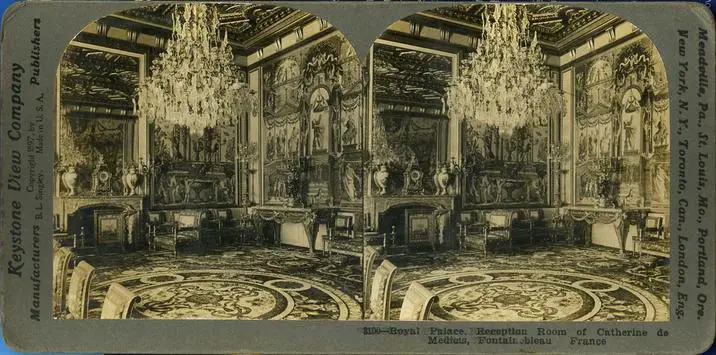
Fontainebleau Palace is a stunning royal château located in the town of Fontainebleau, about 55 kilometers south-east of Paris, France. This former hunting lodge, turned palace, covers 130 acres of land and includes over 1500 rooms.
What to see or do: Explore the palace’s diverse architectural styles, including Gothic, Renaissance, and French classicism. Visit the Napoleon I Museum, which features a collection of objects that once belonged to the emperor and his family.
Stroll through the beautiful gardens, which were designed in the 16th century and see the famous fountain that depicts Apollo, the god of the sun.
Don’t miss: Do not miss the Galerie des Cerfs; a long gallery decorated with beautiful murals depicting cherished hunting scenes, the Ballroom, which was where some of the most glamorous balls in French history were held and the Grand Appartment de l’Empereur, the living quarters of Napoleon Bonaparte.
Insider travel tips: Visit the palace early in the morning to avoid the crowds, or later in the day during the off-season. Guided tours are available and recommended to learn more about the rich history of the château.
Don’t forget to bring comfortable walking shoes to explore the expansive grounds.
2. Chateau de Fontainebleau
A stunning French palace located in Fontainebleau, just 55 km south of Paris.
What to see or do: Explore the opulent rooms and gardens, admire the artwork, and learn about the history of this iconic palace. Don’t miss the impressive Gallery of Francis I, the decadent Marie Antoinette’s Turkish Boudoir, and the stunning Chinese Museum.
Insider travel tips: Arrive early to beat the crowds and allow plenty of time to fully explore the palace and gardens. Consider taking a guided tour to fully appreciate the history and details of the palace.
Also, be sure to grab a snack at the on-site cafe and bring comfortable walking shoes for the extensive grounds.
3. The Garden of Diane
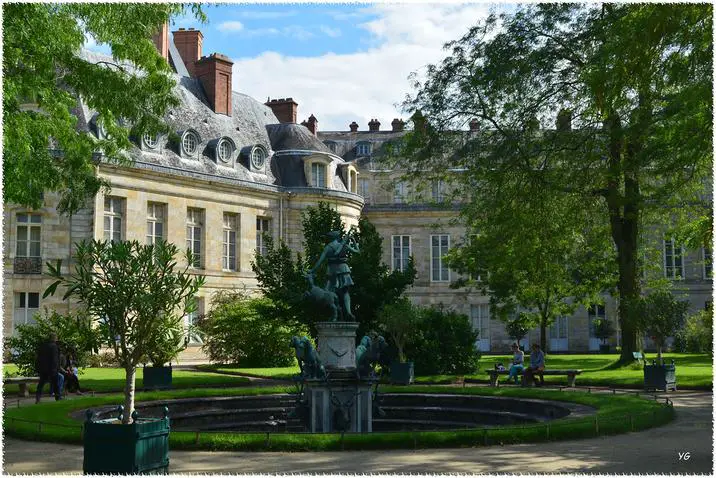
The Garden of Diane is a beautiful garden located in the town of Fontainebleau, France. It is situated within the larger Palace of Fontainebleau estate and was originally created in the 16th century.
What to see or do: Visitors to the Garden of Diane can enjoy strolling through the lush greenery and experiencing the peace and tranquility that the garden offers.
The garden is surrounded by a large pond which helps to create a serene atmosphere.
Don’t miss: Make sure to take some time to explore the statues and fountains that are situated throughout the garden. The statue of Diane, the goddess of the hunt, is a particularly impressive sight that should not be missed.
Insider travel tips: The best time to visit the Garden of Diane is during the spring when the flowers are in bloom. It is also recommended to visit early in the morning or late in the afternoon to avoid the crowds.
4. The Grand Parquet
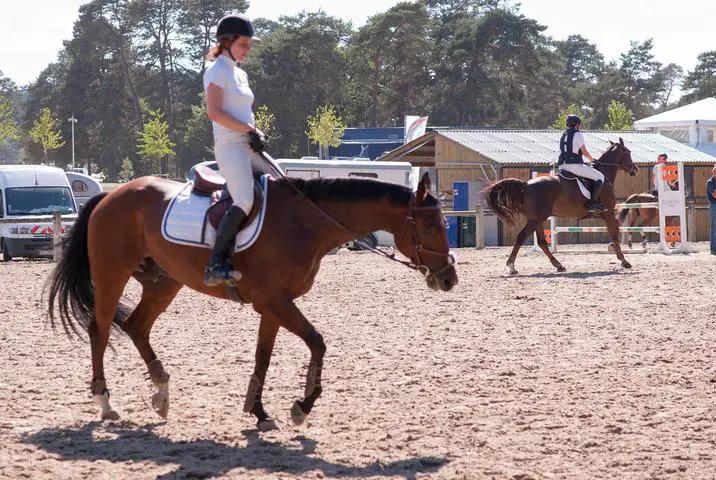
A historic equestrian stadium located in the heart of Fontainebleau forest, France.
What to see or do: Visitors can watch equestrian shows, horse racing competitions, and dressage performances.
Don’t miss: The biennial Equestrian Masters, an international competition that draws some of the best riders from around the world.
Insider travel tips: For the best experience, try to catch one of the shows or competitions, and arrive early to get a good seat.
Make sure to dress appropriately for outdoor events and bring snacks and drinks as there are limited options available on site.
5. The Chinese Museum
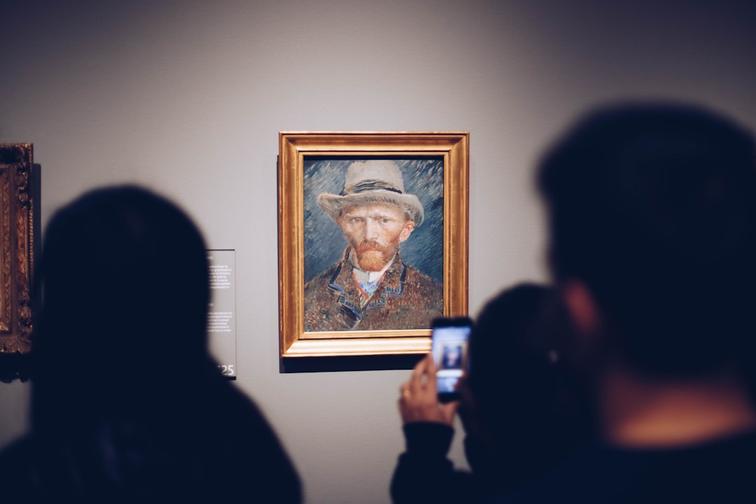
The Chinese Museum is a fascinating museum located within the Chateau de Fontainebleau in France.
It showcases the collection of Chinese art and artifacts that were brought to France by various French ambassadors and dignitaries during the 18th and 19th centuries.
What to see or do: Visitors can admire a wide range of Chinese treasures, including beautiful porcelain vases, intricate jade carvings, ornate silk tapestries, and stunning ivory sculptures.
The exhibits are arranged thematically, and visitors can learn about the different periods and styles of Chinese art and culture.
Don’t miss: One of the highlights of the museum is the impressive gilded lacquer screen, which was a gift from the Emperor Qianlong to the French king Louis XV.
Also, don’t miss the exquisite set of 18th-century Chinese porcelain that was once owned by Madame de Pompadour, the famous mistress of Louis XV.
Insider travel tips: – The Chinese Museum is located within the Chateau de Fontainebleau, which is a UNESCO World Heritage Site. Visitors can easily spend a full day exploring the castle and its various museums and attractions.
6. The Courtyard of Honor

The Courtyard of Honor is the main entrance to the Fontainebleau Palace, a former royal residence located just outside Paris.
What to see or do: The Courtyard of Honor is a large, open space surrounded by impressive Renaissance buildings. Visitors can admire the architectural details of the palace, which was inhabited by French kings for over eight centuries.
The courtyard also offers a beautiful view of the palace’s famous horseshoe-shaped staircase, which leads to the galleries of the first floor.
Don’t miss: Be sure to take a close look at the sculptures and bas-reliefs that decorate the facades of the buildings in the courtyard.
These were created by some of the most renowned artists of the French Renaissance, such as Jean Goujon and Germain Pilon.
Insider travel tips: If possible, plan your visit to Fontainebleau outside of peak tourist season to avoid crowds and long lines. The palace is open every day except Tuesdays, and you can purchase a combined ticket for the palace and gardens.
Audio guides are available in several languages, including English.
7. The Oval Basin

The Oval Basin is a large ornamental water feature located in the Palace of Fontainebleau’s gardens, a UNESCO World Heritage Site.
What to see or do: Visitors can admire the impressive Oval Basin that measures over 62,000 square feet.
The vast pool is surrounded by a collection of stunning fountains, sculptures, and beautifully manicured gardens, which add to the magnificent view of the palace in the background.
Don’t miss: The Fountain of Apollon, the centerpiece of the Oval Basin, is a breathtaking work of art.
This fountain represents the God Apollo driving his chariot across the sky, and it is set against a beautiful backdrop of greenery and flower beds.
Insider travel tips: For an even more delightful experience, visit the Oval Basin in the evening when the fountains are illuminated with colored lights.
The reflection of the fountains on the still water is an enchanting sight.
It’s also best to wear comfortable shoes as visitors have to walk a considerable distance to get to the Oval Basin.
8. The Theatre Imperial
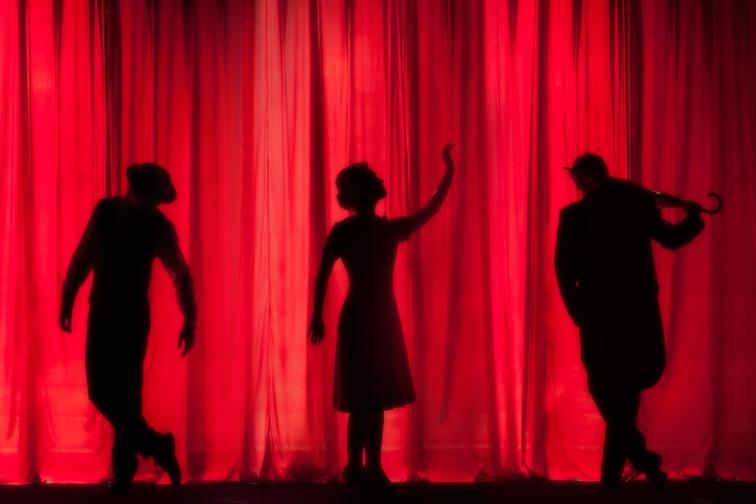
A historic theater located in the heart of Fontainebleau, France.
What to see or do: Visitors can admire the grandeur of the historic building and attend various cultural events, including concerts, plays, and ballets.
Don’t miss: The stunning architecture of the theater, which features ornate gold decorations and a beautiful ceiling painting by artist Auguste Ravier.
Insider travel tips: Visitors should consider buying tickets in advance as popular events often fill up quickly. Arrive early to take in all the theater’s grandeur and history before the show begins.
9. The Museum of Napoleon Bonaparte
The Museum of Napoleon Bonaparte located in the Palace of Fontainebleau displays an extensive collection of artwork, decorations, furnishings, and personal belongings of Napoleon Bonaparte.
What to see or do: Visitors can explore the museum’s galleries and admire the impressive collection of Napoleon’s personal belongings, including his famous bicorne hat, throne, and sword.
The museum also displays several impressive artworks, including paintings, sculptures, and tapestries.
Don’t miss: Be sure to catch the magnificent Throne Room, which features a gilded throne and stunning ceiling paintings. Visitors can also check out the impressive Library, once used by Napoleon himself.
Insider travel tips: To avoid the crowds, visit the museum early in the morning.
Also, be sure to take advantage of the audio guide, available in several languages, to learn more about the museum’s unique collection.
If you have time, extend your visit to explore the beautiful Palace Gardens and the stunning Grand Canal.
10. The Stables of Fontainebleau
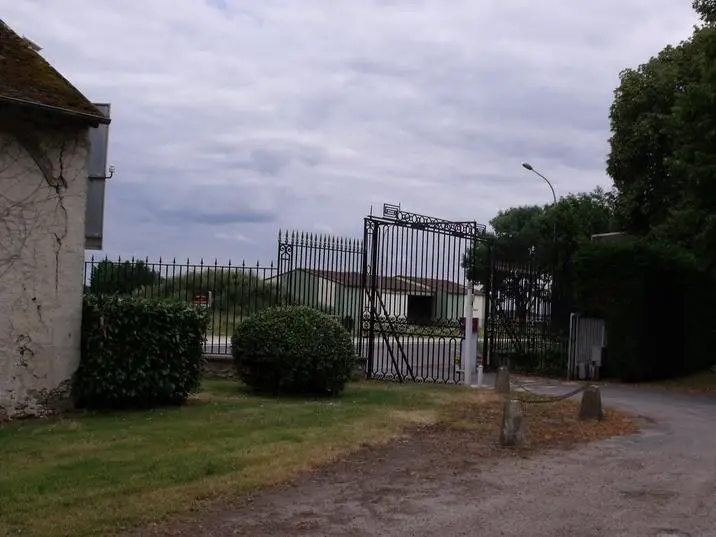
A historical museum located in the stables of the Fontainebleau Palace in France.
What to see or do: Visitors can explore the stables and see the various carriages, harnesses, and equestrian equipment used by French royalty. The museum also features exhibits on the history of the stables and their role in the palace.
Don’t miss: The impressive collection of carriages, including those used for coronations and funerals, and the restored boxes once used to house the horses.
Insider travel tips: Check the museum’s website for guided tours and special exhibits.
Visitors should also take some time to explore the palace’s gardens and nearby forest, both of which are stunning examples of French landscaping.
11. The Pavillon des Bains

The Pavillon des Bains is a historic bathhouse located in the town of Fontainebleau, France.
What to see or do: Visitors can explore the ornate architecture of the building and learn about its history as a popular destination for the wealthy during the 18th and 19th centuries.
Don’t miss: The beautiful frescoes adorning the ceilings and walls, and the unique circular design of the bathhouse itself.
Insider travel tips: Be sure to wear comfortable shoes, as the floors can be slippery.
Additionally, consider visiting during the quieter hours of the day to fully appreciate the beauty and history of the Pavillon des Bains.
12. The Halle Renaissance
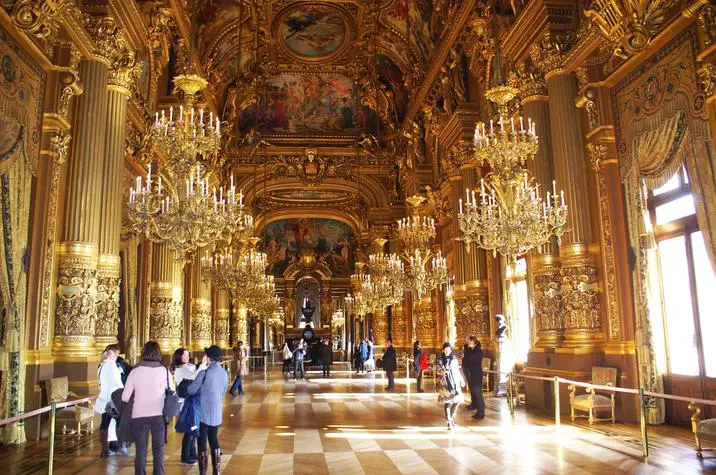
A stunning architectural masterpiece that was initially built in the 16th century for King Henry II of France and his queen, Catherine de’ Medici.
What to see or do: Visitors can explore the exquisite interior of the Halle Renaissance, including its galleries, spiral staircase, and intricate ceiling designs. The building also houses a wide range of restaurants and shops, making it an ideal destination for shopping and dining.
Don’t miss: The stunning panoramic views of the Fontainebleau forest that can be seen from the upper-level galleries of the Halle Renaissance.
Insider travel tips: It’s worth taking a guided tour of the Halle Renaissance to learn more about its fascinating history and architecture. Also, be sure to visit in the early morning or late afternoon to avoid crowds and capture the best photographs.
13. The Cour du Cheval Blanc
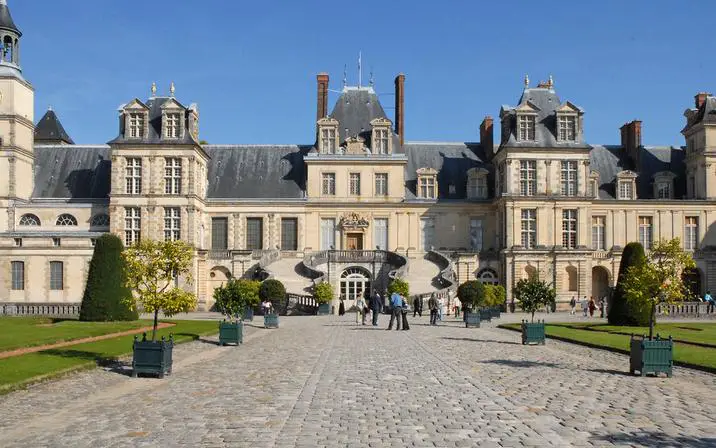
A hidden gem within the Château de Fontainebleau, the Cour du Cheval Blanc is a charming courtyard filled with history and architecture.
What to see or do: Admire the stunning Renaissance-style façades and intricate carvings of the buildings surrounding the courtyard.
Take a stroll around the perimeter and imagine what life must have been like for the royal residents who once walked these same cobblestones.
Don’t miss: The centerpiece of the courtyard is the statue of a rearing white horse, symbolizing courage and freedom. Make sure to snap a photo with this iconic statue.
Insider travel tips: The Cour du Cheval Blanc is often overlooked by visitors to the Château de Fontainebleau, but it’s worth taking the time to seek out this hidden gem.
Visit in the early morning or late afternoon to avoid the crowds and get the best light for photos.
💪 Support independent web, support us: